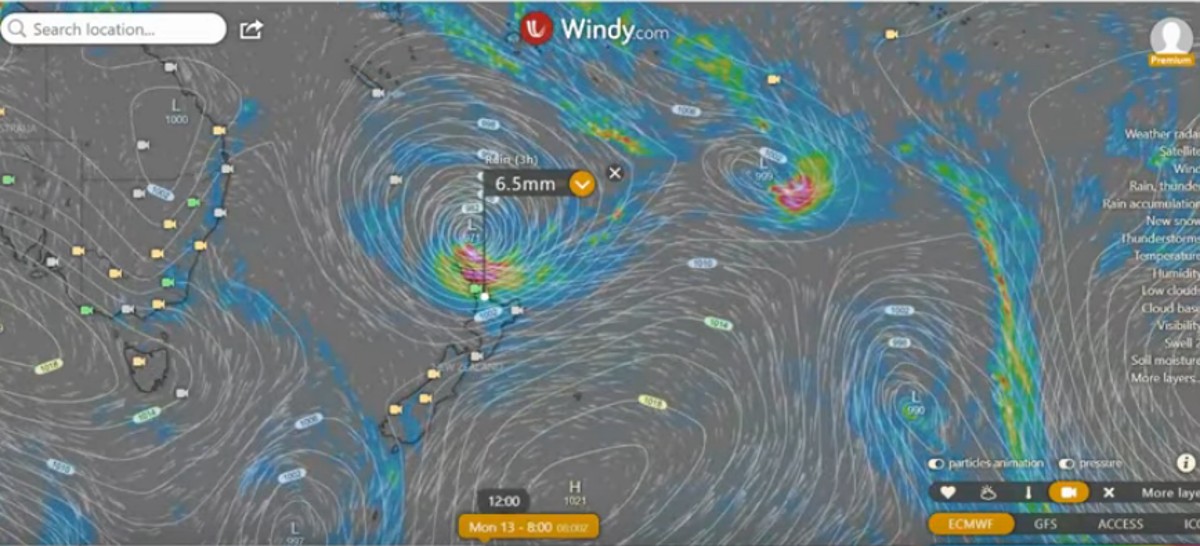From StopTheCrime.net
https://stopthecrime.net/wp/
Credit…The New York Times ArchivesSee the article in its original context from
April 17, 1976,
SANTA MONICA, Calif.— “From space one could control the earth’s weather, cause drought and floods, change the tides and raise the levels of the sea, make temperate climates frigid,” then‐Senator Lyndon B. Johnson told a joint session of Congress in 1957. Like many other legislators, he accepted Defense Department fantasies that the United States was in race with the Soviet Union to develop environmental weapons.
Mr. Johnson as President made the fantasies real by ordering rainmaking in Southeast Asia, Between 1967 and 1972 he and President Richard M. Nixon authorized at least $3.6 million annually on secret cloud‐seeding over North and South Vietnam, Laos and Cambodia in an attempt to muddy trails and slow enemy movements.
Although in one instance this enhanced rainfall by 30 percent, Pentagon officials call the operations failure. But the Pentagon defends them as humane, saying, “Raindrops don’t kill people; bombs do.” (The Department of Defense denies it was seeding over North Vietnam in 1971 when that nation suffered the heaviest rains since 1945. In 1945. a million Vietnamese died of flood and famine.)
Can a nation that tampers with natural balances deny responsibility for what follows?
This question, together with recognition that United States policy condemns warfare aimed at civilians, prompted Senator Claiborne Pell in 1973 to introduce a resolution calling for an international treaty to prohibit environmental warfare “or the carrying out of any research or experimentation directed thereto.” The Senate voted 82 to 10 to approve the resolution, which lacks force of law.
Last August, at the 31‐nation United Nations conference of the Committee on Disarmament, in Geneva, the United States and Soviet Union jointly proposed a draft convention to ban “military or any other hostile use of environmental techniques.” Unfortunately it is far weaker than the Senate resolution. For example, it fails to prohibit military research or development of environmental‐modification techniques, and allows all “peaceful” work on such things.
The Pentagon says its Climate Dynamics program, formerly Project Nile Blue, is peaceful and needed to detect Soviet attempts to disrupt North American weather.
(Because the treaty appoints no inspection agency to enforce its ban, leaving nations to bring evidence of violations to the United Nations Security Council, treaty ratification would justify increased funding for Climate Dynamics monitoring.)
But Climate Dynamics researchers using computer models of oceans and atmosphere, have studied ways to melt the polar ice caps, generate destructive storms, and otherwise use “key environmental instabilities” to release huge amounts of energy. They have found how the United States, acting secretly from space, could inflict bad weather on the Soviet Union, thereby ruining harvests and keeping that country dependent on United States grain imports.
In the Soviet Union, engineers are reversing the Arctic‐flowing Pechora River and creating inland seas, actions that experts say will alter global climate. This is “peaceful.”
In 1975 the National Academy of Sciences reported that cooling in the Northern Hemisphere since the 1940’s makes the start of a new ice age within 100 years a small but real possibility. Scientists cannot determine whether the cooling is caused by humans or if one nation’s had weather is caused by another’s weather‐modification programs, so the potential for hostility arising from such programs is obvious. Global climatic changes will prompt many nations to use such modification techniques, but the world’s unstable political climate demands that such techniques be internationally regulated, with adequate safeguards and with reparations for those who suffer drought or storm damage.
The draft treaty could be a step toward such regulation. But the treaty allows some weather warfare by prohibiting only techniques having “widespread, long‐lasting or severe effects harmful to human welfare.” What does this mean? The tiniest tampering with natural balances can set off chain reactions with unforeseen consequences.
Senator Pell and Representatives Gilbert Gude and Donald M. Fraser have proposed that all United States environmental‐modification research—by civilians, the military and the Central Intelligence Agency—he put under Congressional control. Until this is done and the United States amends the draft treaty to eliminate loopholes and cloudy language, few nations will believe we want environmental warfare banned.
Lowell Ponte is author of the forthcoming booh “The Cooling,” about climatic change and modification.
ENVIRONMENTAL WARFARE has INCREASED
Disguised as Climate Change
BUT We Know This, Right?
From StopTheCrime.net

